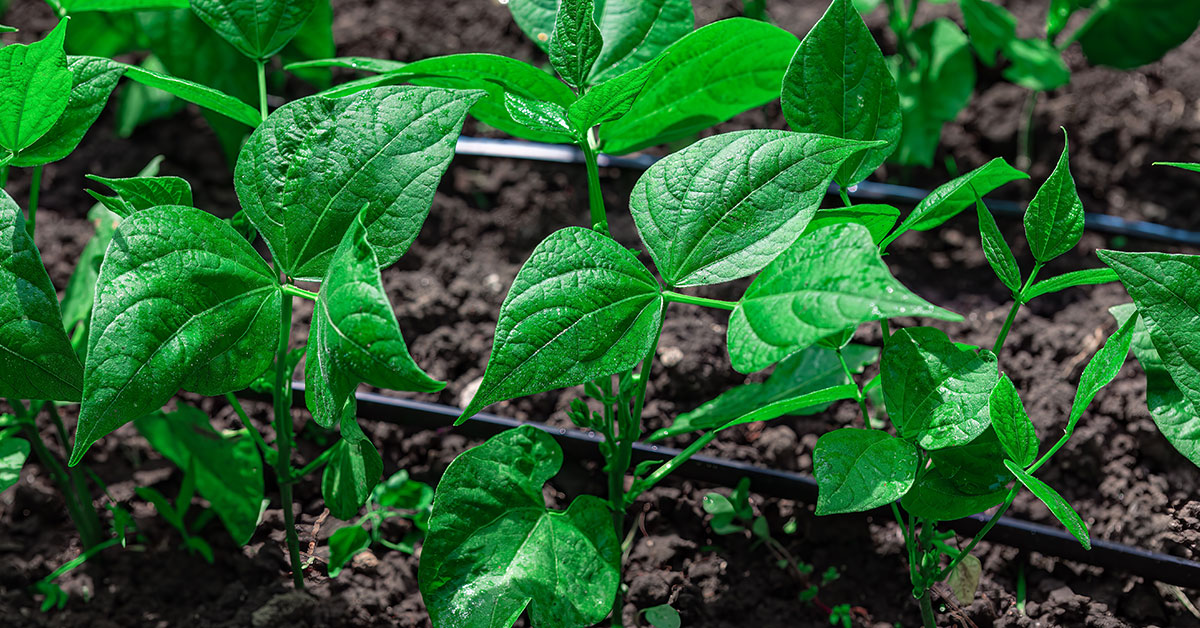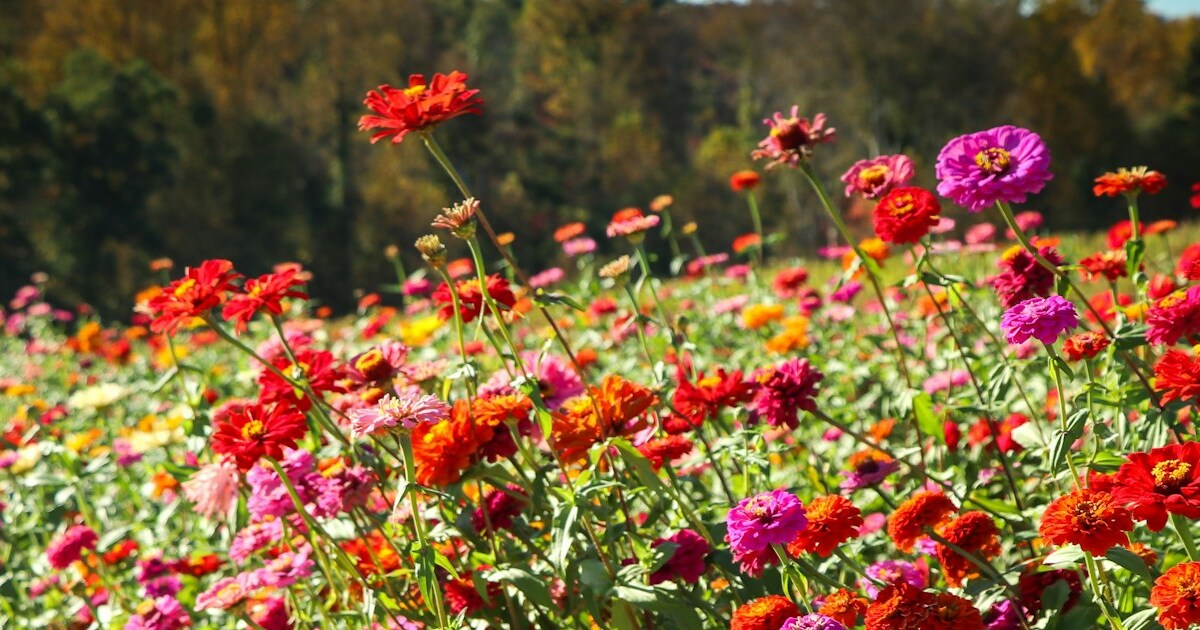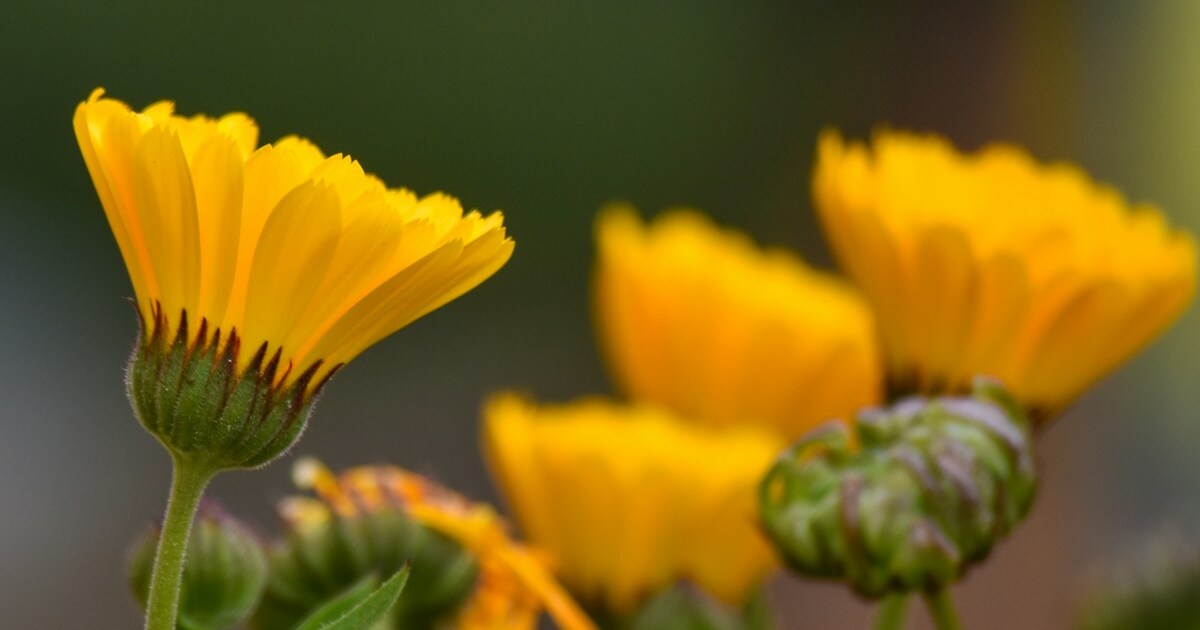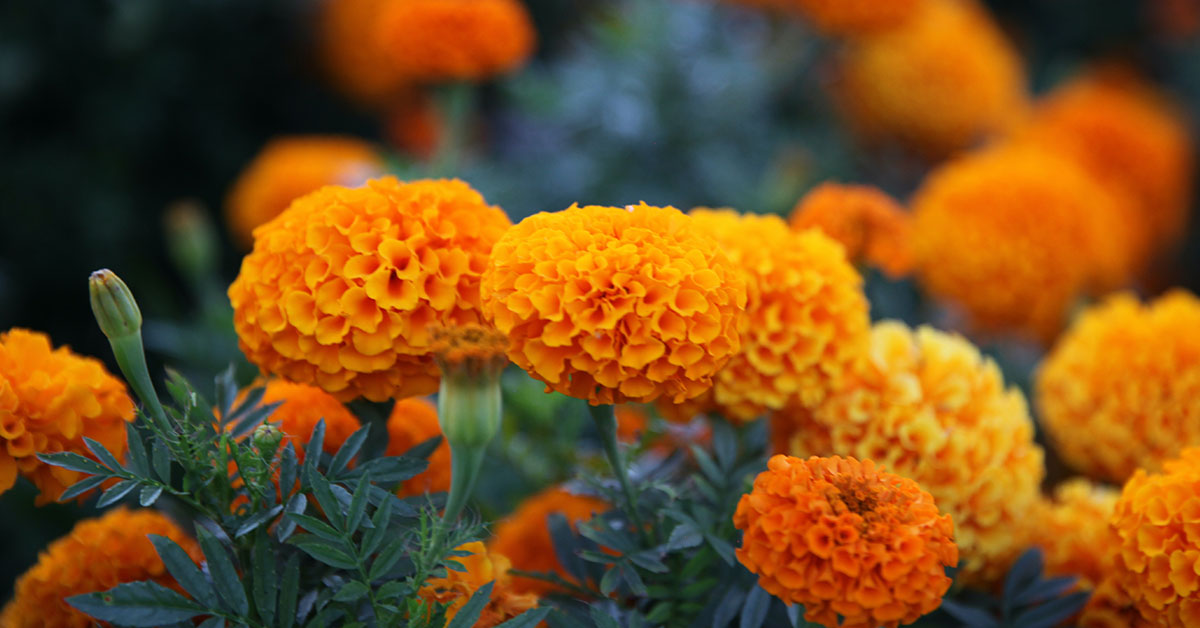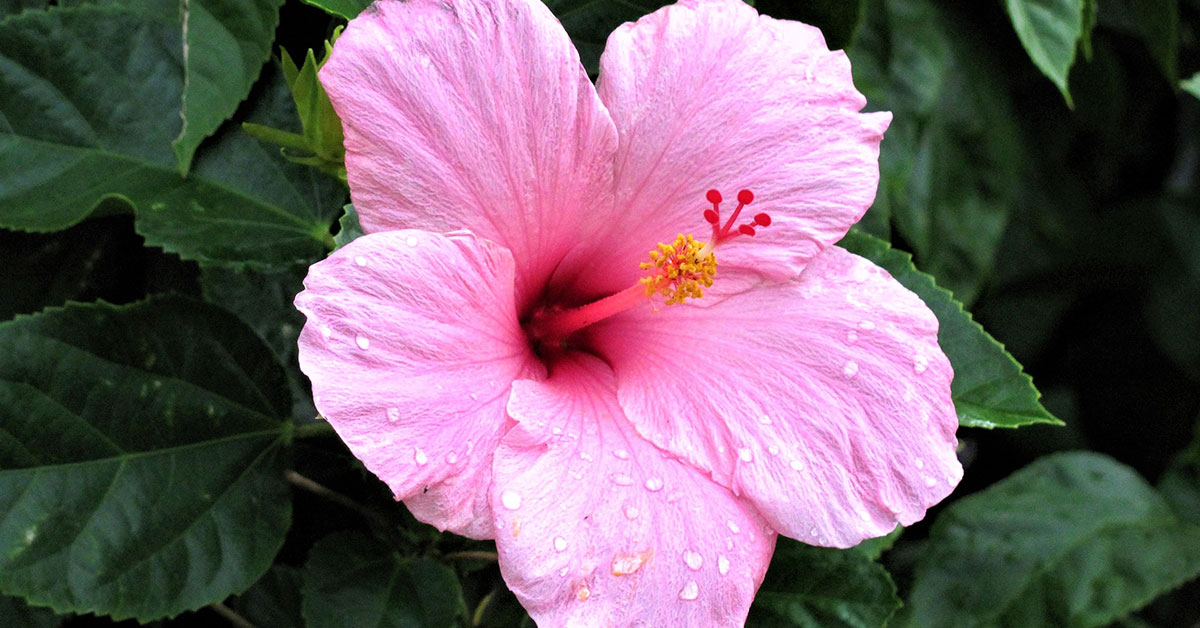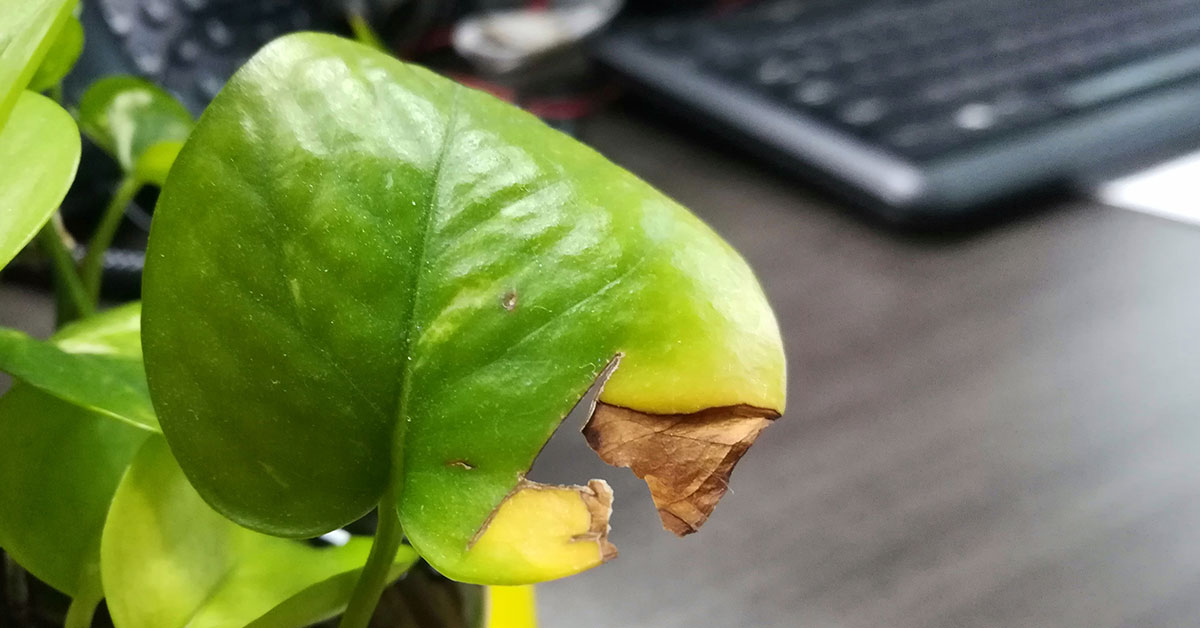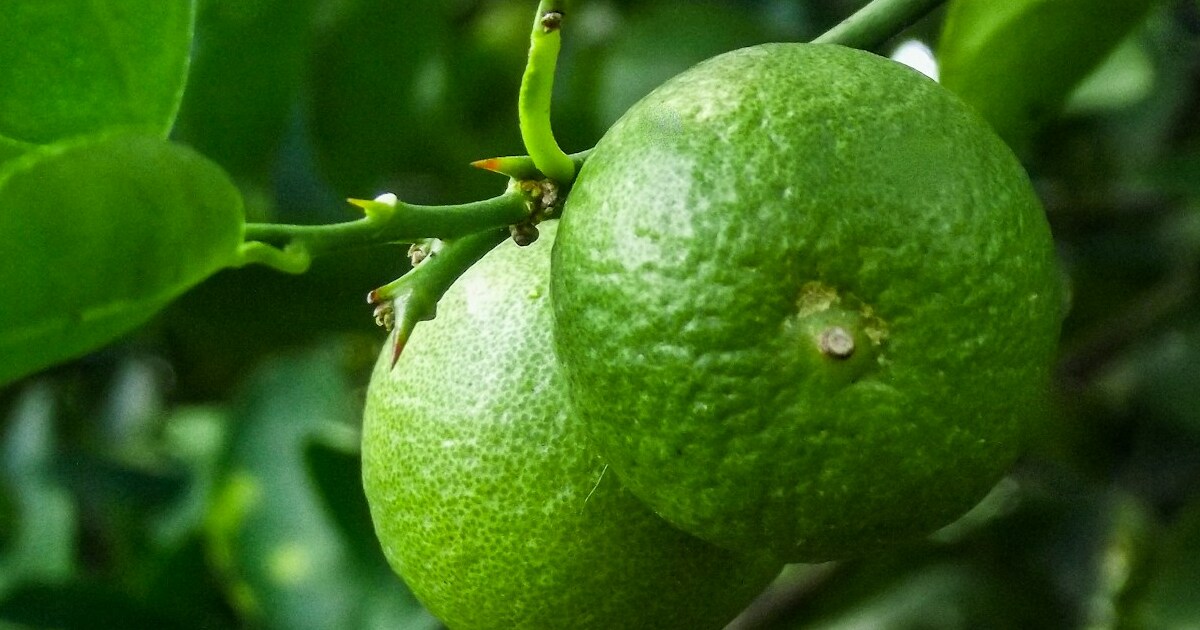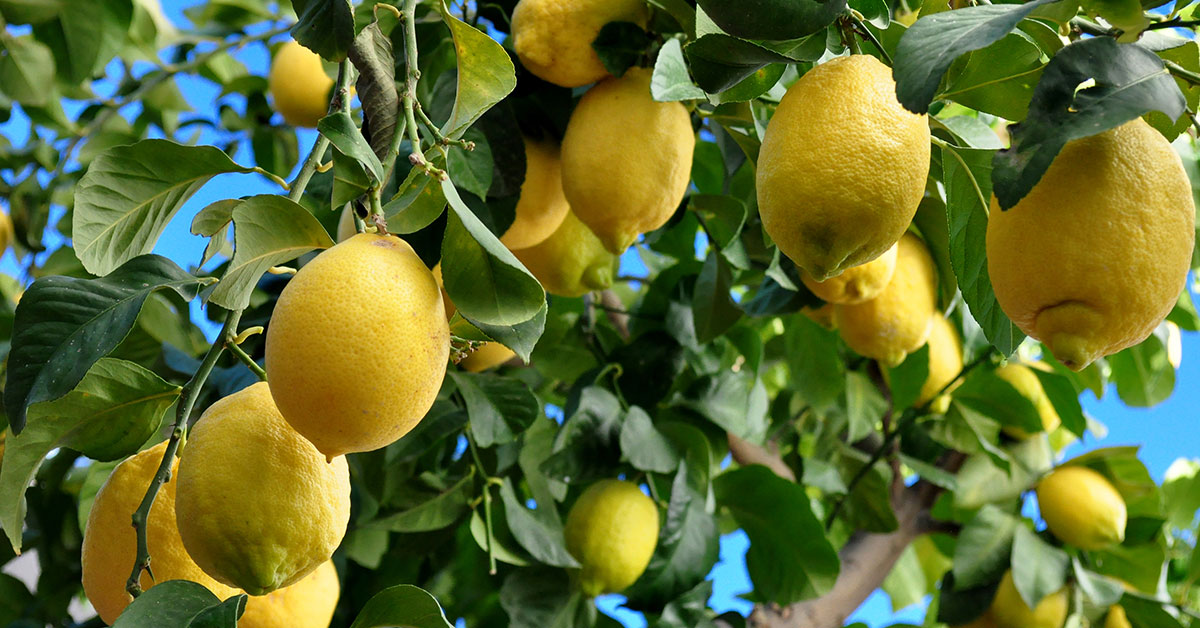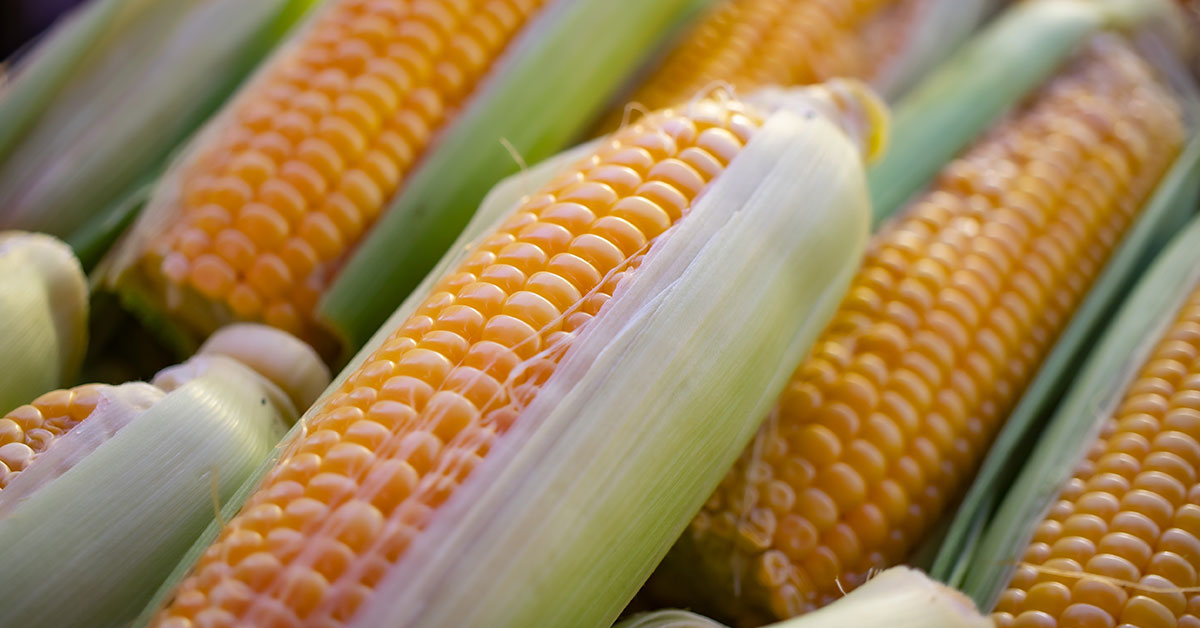Green beans, also known as snap beans or string beans, are a popular and versatile vegetable that can be grown in gardens of all sizes. Whether you are a seasoned gardener or a beginner, one crucial aspect of successfully cultivating green beans is choosing the right fertilizer. Fertilizers provide essential nutrients that promote healthy plant growth, increase yields, and enhance the overall quality of the beans. However, with a plethora of options available in the market, it can be overwhelming to determine the best fertilizer for green beans.
In this article, we will explore the various types of fertilizers, their nutrient compositions, and the specific requirements of green beans to help you make an informed decision and achieve bountiful harvests of delicious, vibrant green beans.
Do green beans need to be fertilized?
Green bean plants do require fertilization for optimal growth. Fertilizers provide essential nutrients that are necessary for the plant’s overall health and productivity. Nitrogen, phosphorus, and potassium are the primary macronutrients that green bean plants need, along with secondary nutrients like calcium, magnesium, and sulfur. These nutrients help in the development of strong roots, healthy foliage, and abundant bean production. It is recommended to use a balanced fertilizer specifically formulated for vegetable plants and to follow the instructions on the packaging for proper application rates and timing. Additionally, organic matter such as compost can be incorporated into the soil before planting to improve nutrient availability and soil structure.
The best fertilizer for green beans
The best fertilizer for growing green beans is one that is balanced in nutrients, particularly high in nitrogen, phosphorus, and potassium (NPK). A general-purpose granular fertilizer with an NPK ratio of around 10-10-10 or 14-14-14 is suitable for green beans.
Additionally, organic fertilizers such as compost, well-rotted manure, or fish emulsion can be beneficial for green beans. These organic options not only provide essential nutrients but also improve soil structure and promote microbial activity.
It’s important to note that green beans are legumes, which have a unique ability to fix nitrogen from the air through a symbiotic relationship with nitrogen-fixing bacteria in their roots. Therefore, excessive nitrogen fertilization may not be necessary, especially if the soil is already rich in organic matter.
Before applying any fertilizer, it’s recommended to conduct a soil test to determine the nutrient levels and pH of your soil. This will help you make more informed decisions about the specific fertilizer requirements for your green beans.
When to fertilize green beans
The ideal time to fertilize green bean plants is before planting and during their active growing season. Before planting, you can incorporate well-balanced organic matter or compost into the soil to provide essential nutrients. This will help establish a healthy foundation for the plants.
During the active growing season, green bean plants benefit from regular fertilization. Start fertilizing when the plants have developed their first true leaves. You can use a balanced granular fertilizer, such as a 10-10-10 or 14-14-14, or opt for organic options like fish emulsion or compost tea. Follow the instructions on the fertilizer package for application rates.
It’s important to note that green beans are legumes, which have the ability to fix nitrogen from the air through a symbiotic relationship with nitrogen-fixing bacteria in their roots. This means that they generally require less nitrogen fertilizer compared to other plants. However, providing a balanced fertilizer will still help ensure they receive the other necessary nutrients for optimal growth and productivity.
Always water the plants thoroughly after fertilizing to help the nutrients reach the root zone. Additionally, be cautious not to over-fertilize, as excessive nitrogen can lead to excessive foliage growth at the expense of bean production.
Common issues with fertilizing green beans
When fertilizing green beans, there are a few common issues or problems that can arise:
- Over-fertilization: Applying too much fertilizer can lead to excessive nutrient levels in the soil, which can cause nutrient imbalances and burn the roots of green bean plants. This can result in stunted growth, yellowing leaves, and reduced yields.
- Under-fertilization: Insufficient fertilizer application can lead to nutrient deficiencies, resulting in poor plant growth, pale or yellowing leaves, and reduced productivity. It’s important to provide adequate nutrients to support healthy green bean growth.
- Improper nutrient balance: Green beans require a balanced supply of essential nutrients, including nitrogen (N), phosphorus (P), and potassium (K), as well as micronutrients like iron, magnesium, and calcium. An imbalance in nutrient levels can lead to various issues, such as poor flowering, fruiting, or disease susceptibility.
- Incorrect timing: Applying fertilizer at the wrong time can also cause problems. For example, applying nitrogen-rich fertilizers during flowering can promote excessive vegetative growth at the expense of fruit production. It’s crucial to follow the recommended fertilization schedule for green beans.
- Nitrogen fixation: Green beans are legumes, which have the unique ability to fix atmospheric nitrogen through a symbiotic relationship with nitrogen-fixing bacteria in their root nodules. Excessive nitrogen fertilizer application can hinder this natural process, leading to reduced nitrogen fixation and unnecessary nutrient expenses.
To avoid these issues, it is recommended to conduct a soil test before fertilizing to determine the nutrient levels and pH of the soil. This will help you choose the appropriate fertilizer and application rate. Additionally, following the recommended fertilization schedule and using organic fertilizers can help maintain a healthy balance of nutrients for green bean plants.


